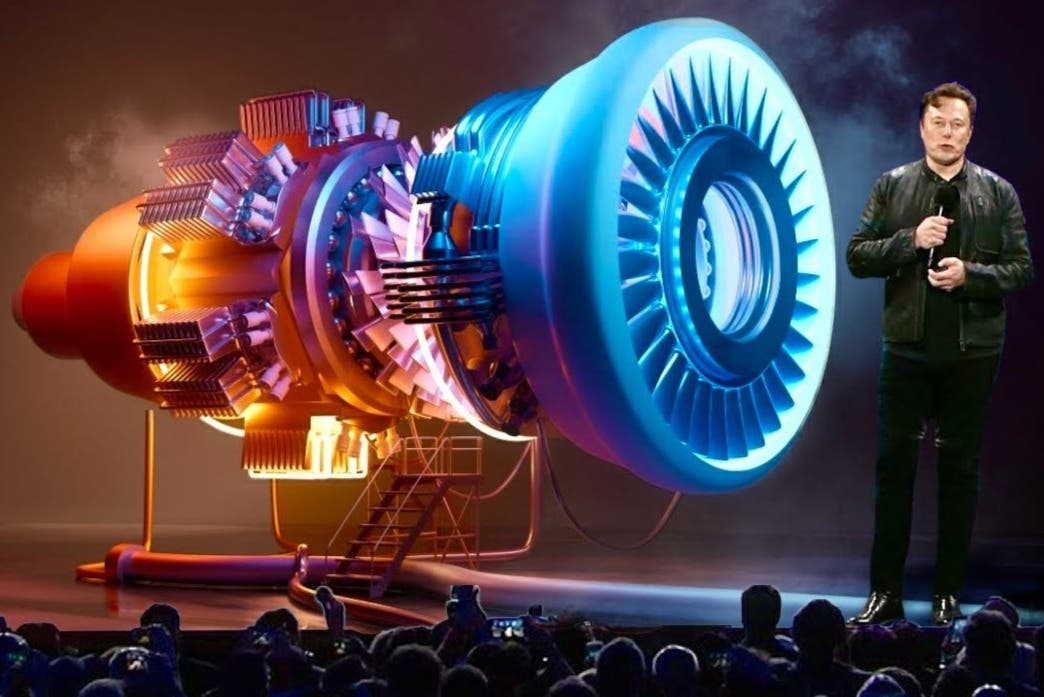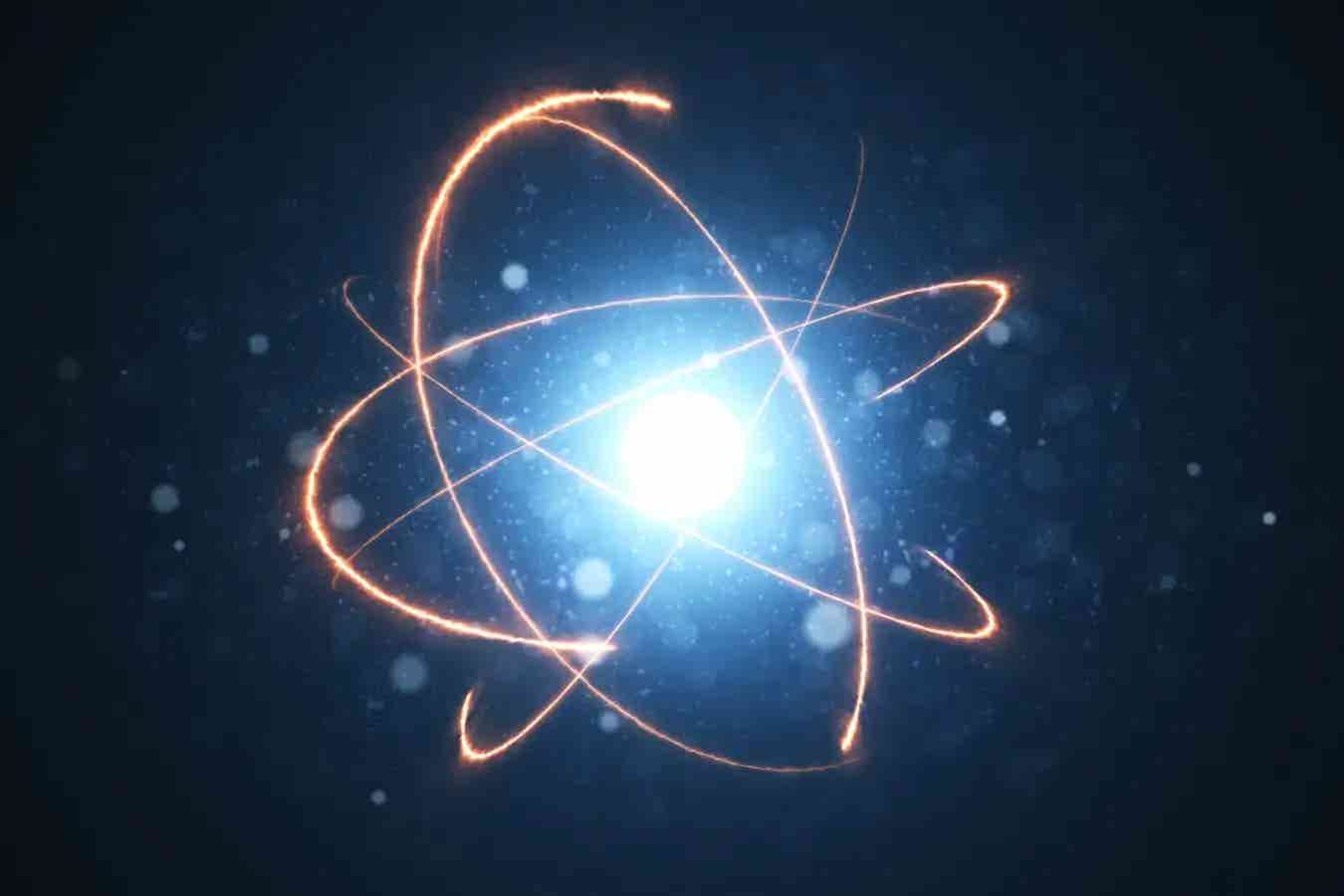Revolutionary new engine may enable mankind to travel at near light speed
When it comes to space there’s a problem with our human drive to go all the places and see all the things. A big problem. It’s, well, space.

[Sept. 20, 2023: Michelle Starr]
David Burns produced an engine concept that, he says, could theoretically accelerate to 99 percent of the speed of light - all without using propellant. (CREDIT: Creative Commons)
When it comes to space, there's a problem with our human drive to go all the places and see all the things. A big problem. It's, well, space. It's way too big. Even travelling at the maximum speed the Universe allows, it would take us years to reach our nearest neighbouring star.
But another human drive is finding solutions to big problems. And that's what NASA engineer David Burns has been doing in his spare time. He's produced an engine concept that, he says, could theoretically accelerate to 99 percent of the speed of light - all without using propellant.
He's posted it to the NASA Technical Reports Server under the heading "Helical Engine", and, on paper, it works by exploiting the way mass can change at relativistic speeds - those close to the speed of light in a vacuum. It has not yet been reviewed by an expert.
Understandably this paper has caused buzz approaching levels seen in the early days of the EM Drive. And yes, even some headlines claiming the engine could 'violate the laws of physics'.
But while this concept is fascinating, it's definitely not going to break physics anytime soon.
Related Stories
The 'Helical Engine' model. (Credit: luismmolina/iStock)
As a thought experiment to explain his concept, Burns describes a box with a weight inside, threaded on a line, with a spring at each end bouncing the weight back and forth. In a vacuum - such as space - the effect of this would be to wiggle the entire box, with the weight seeming to stand still, like a gif stabilized around the weight.
Overall, the box would stay wiggling in the same spot - but if the mass of the weight were to increase in only one direction, it would generate a greater push in that direction, and therefore thrust.
According to the principle of the conservation of momentum - in which the momentum of a system remains constant in the absence of any external forces - this should be not completely possible.
But! There's a special relativity loophole. Hooray for special relativity! According to special relativity, objects gain mass as they approach light speed. So, if you replace the weight with ions and the box with a loop, you can theoretically have the ions moving faster at one end of the loop, and slower at the other.
But Burns' drive isn't a single closed loop. It's helical, like a stretched out spring - hence "helical engine".
"The engine accelerates ions confined in a loop to moderate relativistic speeds, and then varies their velocity to make slight changes to their mass. The engine then moves ions back and forth along the direction of travel to produce thrust," he wrote in his abstract.
"The engine has no moving parts other than ions traveling in a vacuum line, trapped inside electric and magnetic fields."
It sounds really nifty, right? And it is - in theory. But it's not without significant practical problems.
According to New Scientist, the helical chamber would have to be pretty large. Around 200 metres (656 feet) long and 12 metres (40 feet) in diameter, to be precise.
And it would need to generate 165 megawatts of energy to produce 1 newton of thrust. That's the equivalent of a power station to produce the force required to accelerate a kilogram of mass per second squared. So a lot of input for a teeny tiny output. It is horribly inefficient.
But in the vacuum of space? It just might work. "The engine itself would be able to get to 99 per cent the speed of light if you had enough time and power," Burns told New Scientist.
And here's the other thing. Humans - not all of us, but still more than a few - desperately want to go to interstellar space. We may never get there. But if we never even try to think about it, that "may" becomes a "definitely." What's that saying - you miss 100 percent of the shots you don't take?
The 'Helical Engine' works by exploiting the way mass can change at relativistic speeds. (CREDIT: NASA)
Burns notes the efficiency problem in his presentation, and also adds that his work hasn't been reviewed by experts, and there may be errors in his maths. We don't exactly have the blueprints for a fully functional space travel engine here.
What we do have is a piece of groundwork that could be used to develop such an engine. What we have is a dream of the stars.
Note: Materials provided above by Michelle Starr. Content may be edited for style and length.
Like these kind of feel good stories? Get the Brighter Side of News' newsletter.
Joseph Shavit
Head Science News Writer | Communicating Innovation & Discovery
Based in Los Angeles, Joseph Shavit is an accomplished science journalist, head science news writer and co-founder at The Brighter Side of News, where he translates cutting-edge discoveries into compelling stories for a broad audience. With a strong background spanning science, business, product management, media leadership, and entrepreneurship, Joseph brings a unique perspective to science communication. His expertise allows him to uncover the intersection of technological advancements and market potential, shedding light on how groundbreaking research evolves into transformative products and industries.



